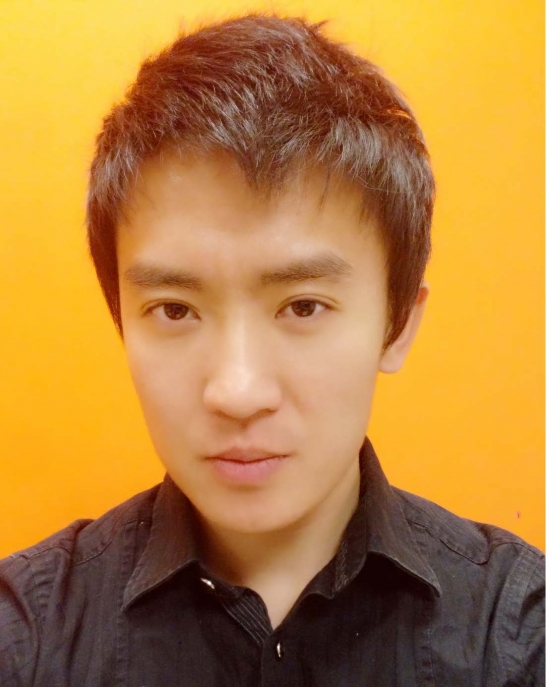Dissertation Defense
Implantable Neural Probes for Electrical Recording and Optical Stimulation of Cellular Level Neural Circuitry in Behaving Animals
Add to Google Calendar

The human brain is the most powerful processor known to mankind, consisting of approximately 100 billion neurons, each dynamically interconnected with other cells through over 7,000 synaptic junctions. In order to advance the understanding of brain function and behavior, it is critical to monitor how neural circuits work together and perform computational processing. For the past few decades, a wide variety of neural probes have been developed to study the electrophysiology of the brain. My research is focused on two important objectives to improve the brain-computer interface: 1) to prolong the lifetime of the recording electrodes; 2) to incorporate optical stimulation capability in addition to electrical recording for applications involving optogenetics, which is an emerging neuroscience technology to allow optical control of cellular activities (Nature Method of the year, 2010). For the second objective, two different methods have been investigated, integrating either optical waveguides or µLEDs on the probe shanks to deliver light to deeper structures of the brain. Compared to other existing methods, our approach is the only example of complete monolithic integration of all optical and electrical components using advanced MEMS fabrication techniques, which offers unprecedented resolution to record and stimulate from even subcellular neural structures. All of our probes have been fully characterized by in vitro measurements, and more importantly, validated from behaving animals in chronic in vivo experiments.
 MENU
MENU 
